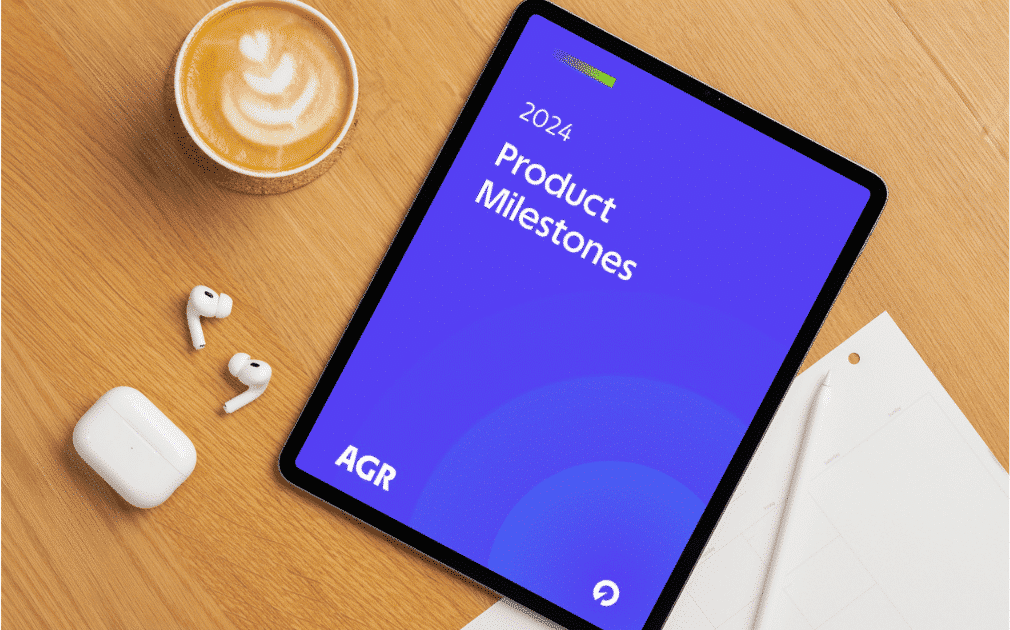Inventory management takes place within an operating model with many variables and moving parts.
Many of the links in the chain must be managed by people. But much of their daily work could (and should) be undertaken by technology, freeing them up as a resource to add value with their human qualities, knowledge and skills.
Warehouse management software (WMS) and ERP systems have made huge progress in harnessing data across hundreds and thousands of SKUs. However, neither of these are capable of the necessary functionality for inventory optimization.
This leads to people and spreadsheets picking up the slack, with too many manual tasks falling back on the plate of your team, tying up a valuable resource.
The cost of manual data handling
Excel is an excellent tool in certain situations, but it is only capable of single dimensional analysis. Its use also relies on people to extract data from the ERP and WMS software, convert it to the correct format and then load it into spreadsheet models before they can access the answers they require.
Data that has to be entered manually is prone to errors and as the volume of SKUs increases, a spreadsheet’s ability to handle the information decreases. The time required to manipulate the original data means it is a process that is only carried out periodically. Once the model has been built, it is also impossible to amend forecasting methodologies to account for changing patterns of demand at individual product level.
The AGR software makes improved forecasting possible with demand planning automation. Shifting the majority of the manual processes over to a technology solution frees up time for more strategic decision making and planning. People can add more value by moving away from non-essential tasks towards the activity that relies on human involvement.
Automating stocking policies also ensures that they are always based on the latest demand data rather than reliant upon manual recalculations to bring outdated snapshots up to date.
Free up your most valuable resource
Another element of inventory optimization that can save significant time and resource is automating replenishment. When approached manually, unnecessary time can be wasted working out what, when and how much stock to replenish. The AGR software automatically calculates these values – considering factors including demand forecasts, inventory policies, safety stock and supplier lead times. The system can then prompt for approval or can be managed by exception, only requiring human review for big-ticket decisions.
Newitts found that using the AGR software has not just enabled a reduction in excess stock through optimization but also significantly reduced the resource required for inventory replenishment and management:
“AGR has helped us reduce our stock holding by 15% as well as saving us 50% resource requirements. At the same time, we have added new product lines and maintained the very high service levels our customers have come to expect – a great result.” Ian Wilson, IT manager, Newitts
To find out exactly how much difference the AGR software could be making to the human resource you have available, get in touch today.




